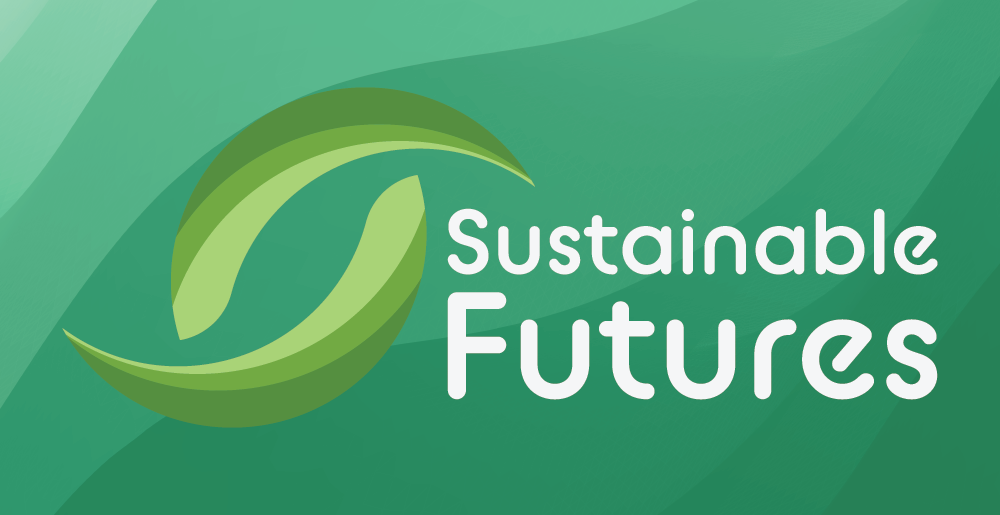-

Rip Curl: Community Activism for the Coast (The UX Phase, Rip Curl and Sustainability, The UI Phase)
John Delacruz
ADV 132 enables students to explore the craft and process of user experience and user interface design. They develop their skills within the context of a specific brief. The aim is to offer students the opportunity to immerse themselves in a particular problem and come up with creative solutions that will come to life on digital media platforms.
-

Community Table Project
Kohar Scott
Food insecurity is a real issue unfortunately faced by many students at SJSU. The SJSU Spartan Food Pantry is a walk-in, full-service, staffed, food assistance program that provides a resource for students to receive non-perishable goods, fresh produce, and refrigerated items to eligible students. Imagine that our SJSU Spartan Food Pantry was redesigned with a more ecology-focused "systems approach" like loopstore.com.
Designed by students and for students, what do you want to see available and how can you improve the package and delivery? Pick a product that you would like to see available at the SJSU Spartan Food Pantry (or loopstore.com if you prefer) and redesign it using an innovative new material and a specific manufacturing process from our course textbook, readings, research, and lectures.
The full Adobe Spark project brief including rubric and full context is found here: https://spark.adobe.com/page/jRPgJX8rLQx1I/
The culminating student project posters and materials experiments are on display in the Thompson Gallery’s “New Kinships: Community Dialogues and Interdisciplinary Connections” exhibit.
-

Building a More Sustainable and Accessible Internet: Lightweight Web Design with HTML and CSS
Chelsea Thompto
While the internet has great potential to bring people together, if the internet was a country, it would be the 7th largest energy consumer on the planet. This is set to increase in years to come moving the internet even higher on this list to become the 4th largest energy consumer if it were to be a country. So, as artists and digital citizens it is imperative that we understand how to create and display the content we produce online in ways that are sustainable and accessible.
This assignment, while slated for Art 109, may be slotted into an earlier course in the Digital Media Art BFA as we reassess when and how students should learn about these technologies. As an assignment that engages students in 2 programming languages (HTML and CSS), it would take place over the course of 3 - 4 weeks.
Finally, in an increasingly networked world (and in particular an increasingly networked art world) empowering students with the both the technical skills to build websites and the critical thinking context to understand how and why they should do so in a sustainable and accessible way will play an essential role in helping them discover and define how they fit into this context. -

Elemental Relations: Fire & Culture
Daniel Lanza Rivers
This assignment functions as the capstone task for my course AMS 159: Nature and World Cultures, and it asks students to use textual analysis, external research, and creative teamwork to produce installation material for the SJSU Thompson Art Gallery’s upcoming event series “Protecting Home: Sustainable Fire Management and the California Environment.” Throughout the third unit of my course, students are reading Stephen J. Pyne’s book Fire: a brief history. This assignment tracks with our reading of that text, and asks student teams to select a topic, facilitate classroom discussions of a chapter related to their topic, and then use research to compose a piece of installation material on their topic. Alena Sauzade, Director of the Thompson Art Gallery, is actively involved in this project as both a client and a consultant. She will visit our class on 10/19 when the assignment is delivered to students, and she has expressed her excitement and commitment to integrating student work into the gallery opening in 2022. Students working on this project will also take advantage of the Fire and Culture bibliography that I designed as part of the Thompson Art Gallery’s AEPG (Artistic Excellence in Programming Grant), which offers a curated set of resources on the topic of fire and culture in California.
-

Animal Communication and Sustainability Project
Reiko Kataoka and Tridha Chatterjee
This assignment is for the Ling 123 course. This is a GE course under Area R, and it is a large course (about 10 sections, max 25 students in each section) taught by multiple instructors.
The assignment is designed as a term project. With one or two preparatory class meetings, this two-part project (three-part including the learning) could be completed in 4-5 weeks, culminating in group presentations. The assignment would be best given toward the end of the semester as a capstone project after students have gained in-depth knowledge on mechanisms and adaptive functions of animal communication systems and the class has firmly established an environment of a learning community. In terms of the skill set, it only requires the basic research, writing, and communication skills that have been learned in lower division courses.
The entire process of the project is described in the three separate documents as follows: (1) General Instructions, (2) Review Paper, and (3) Group Presentation. As such, the text below is partitioned into three sections, each of which corresponds to one of the three documents.
Printing is not supported at the primary Gallery Thumbnail page. Please first navigate to a specific Image before printing.

